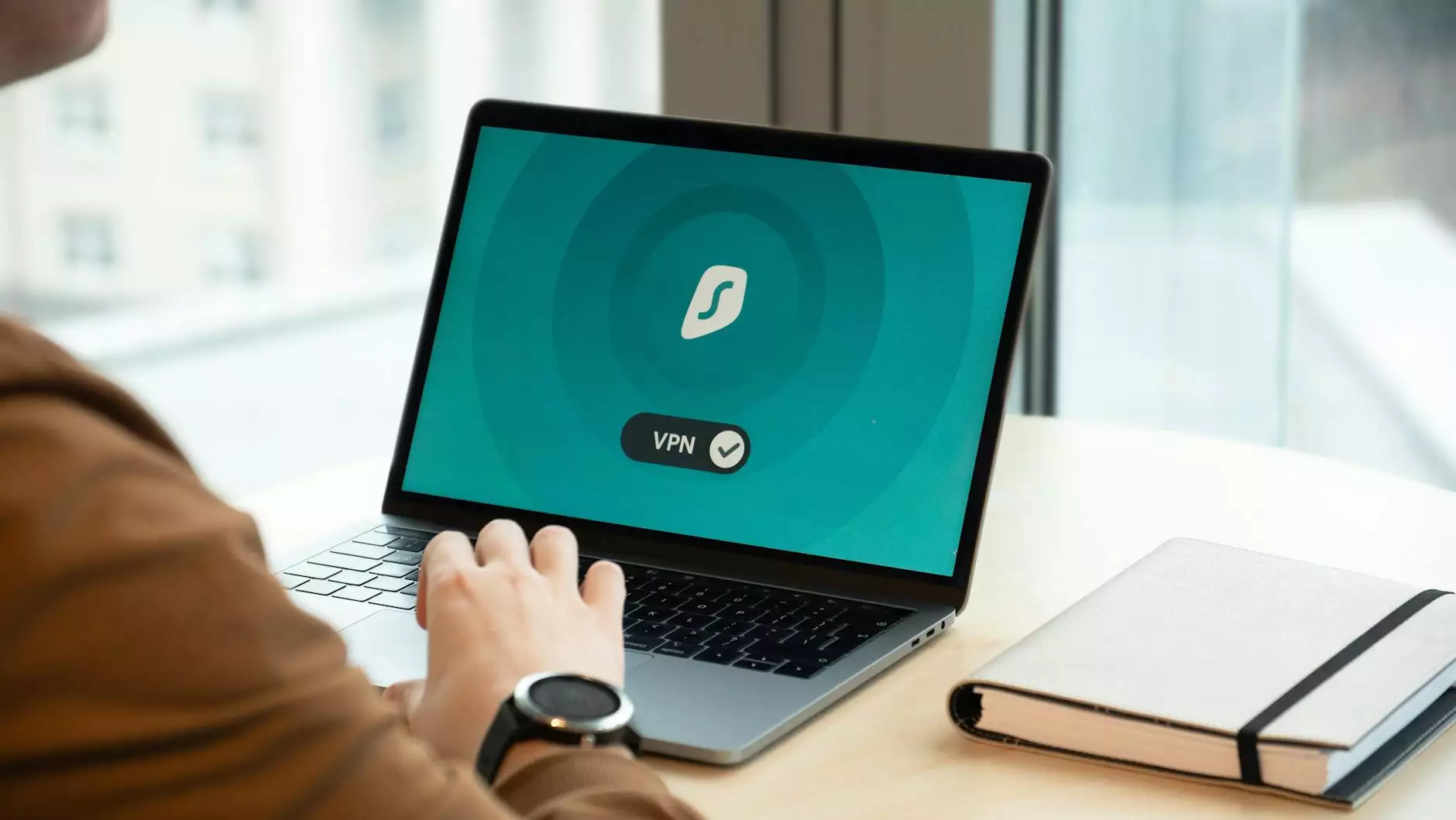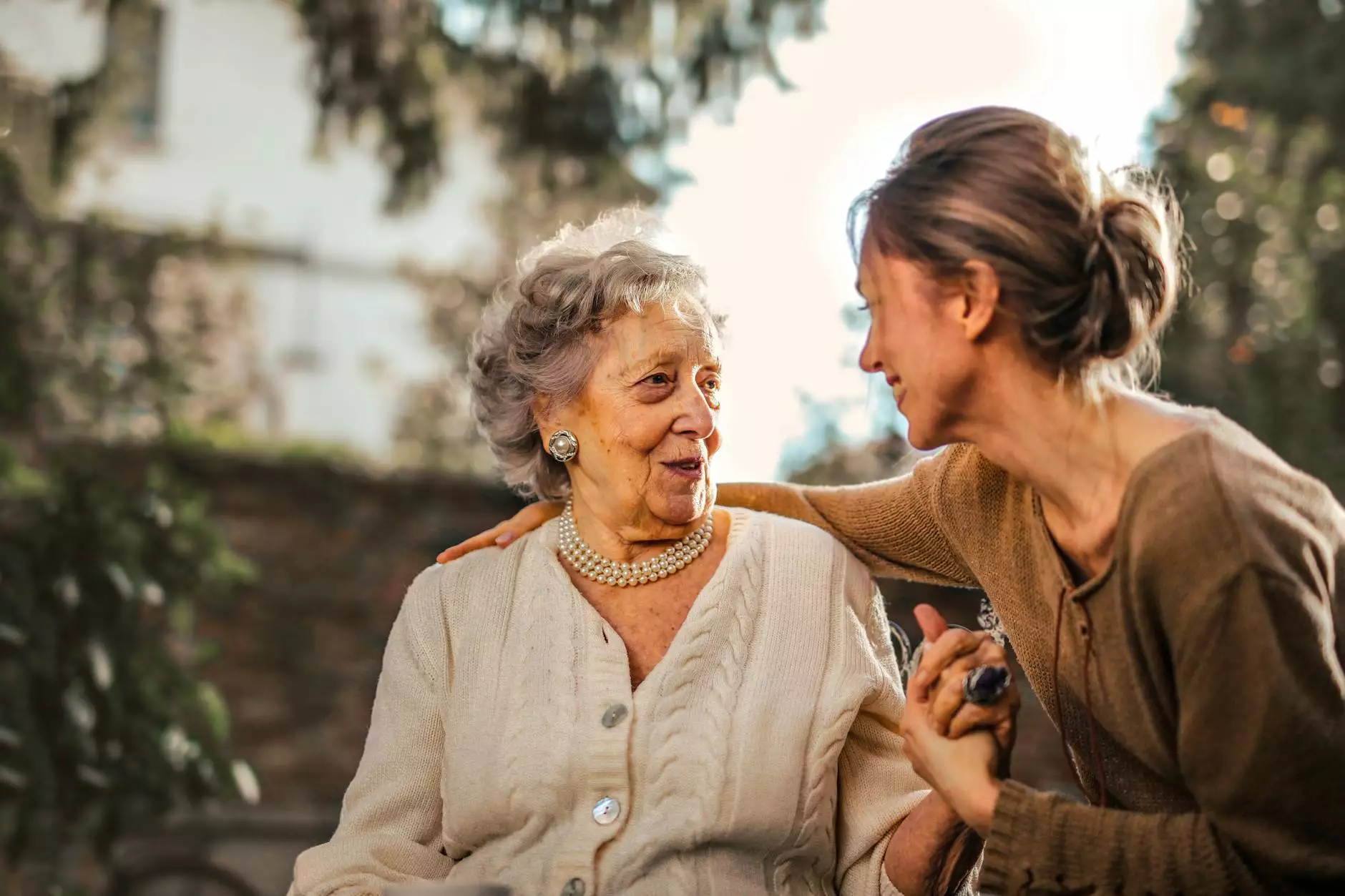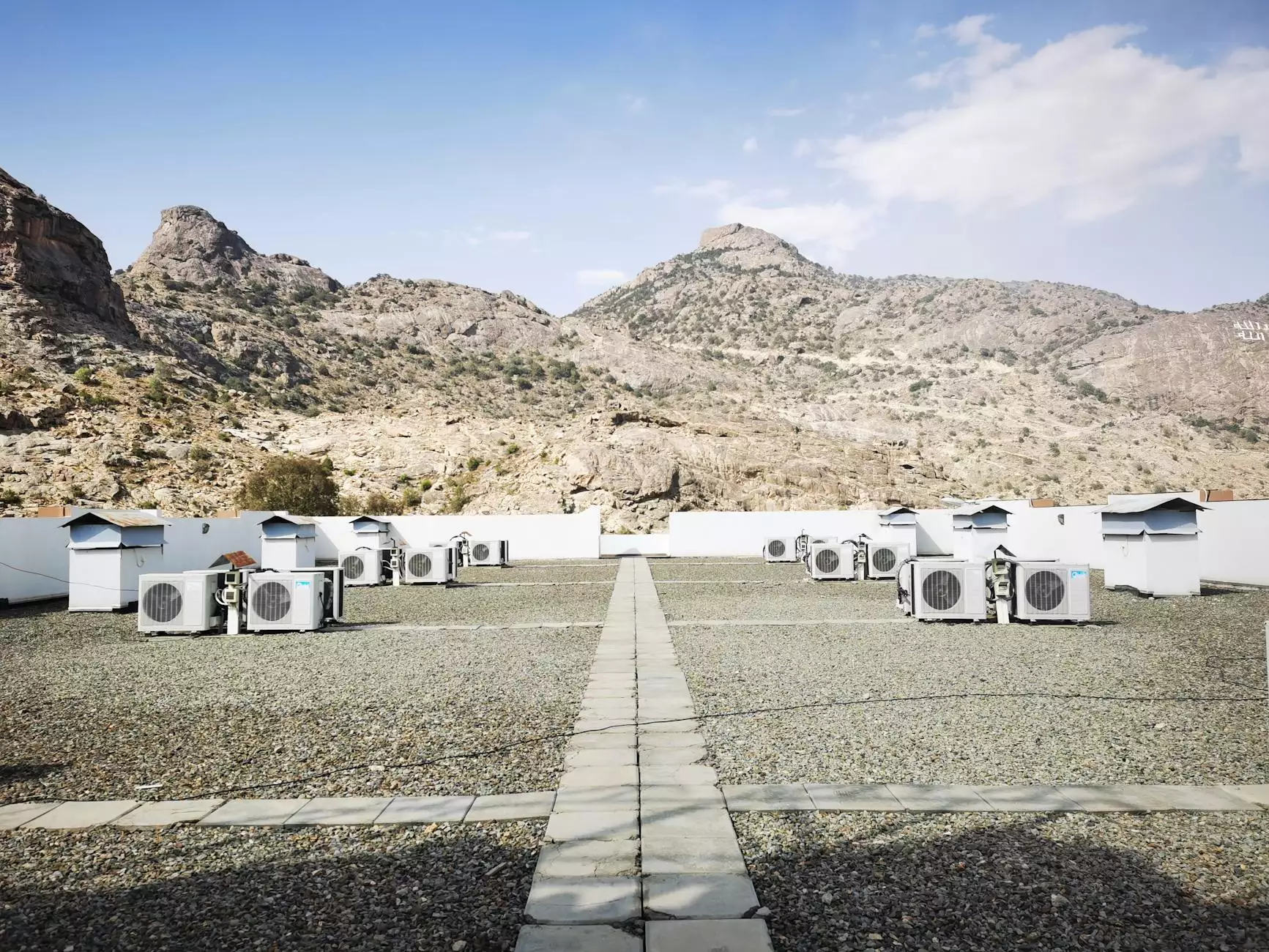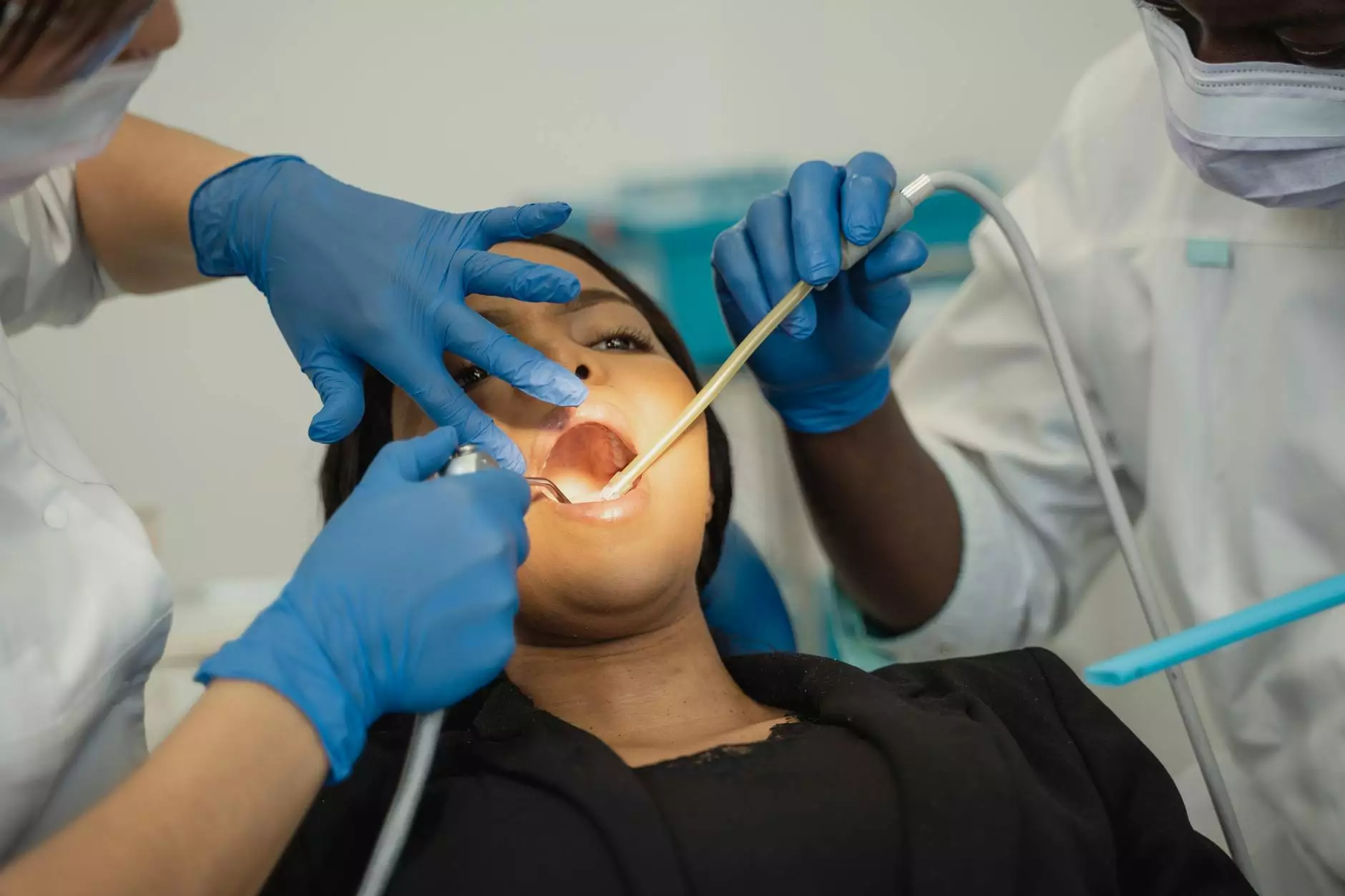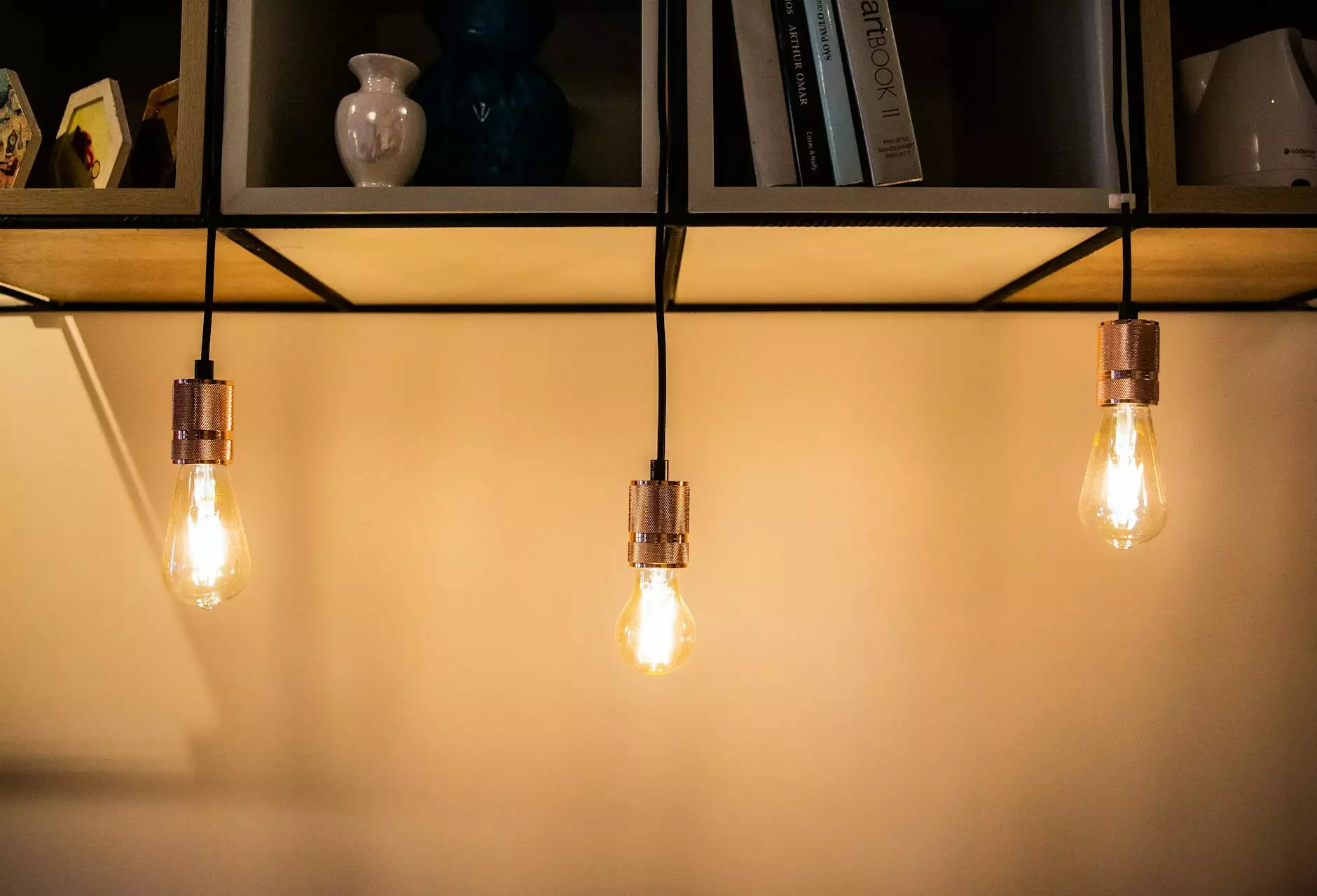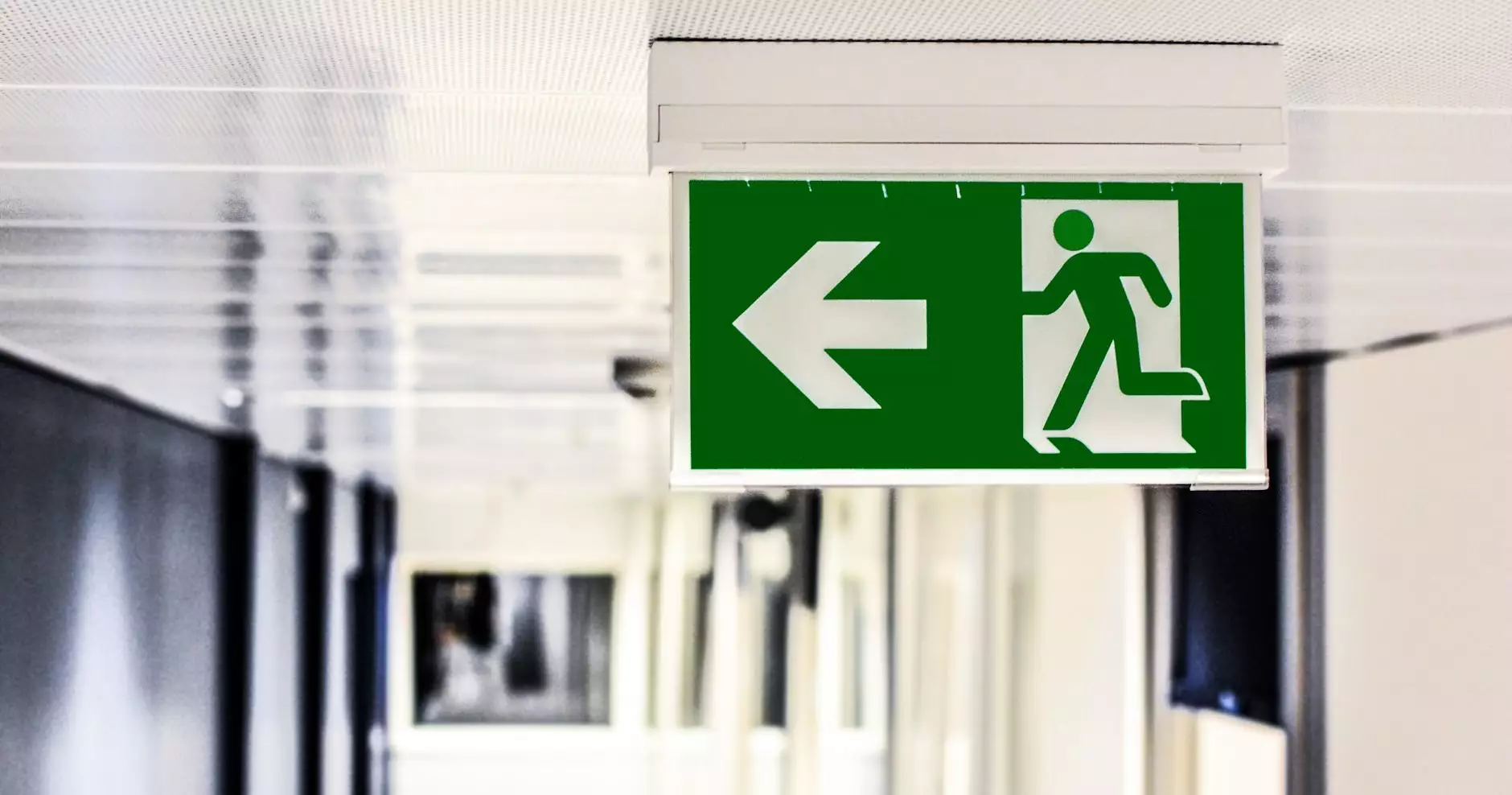Shooting a Timelapse Video: The Ultimate Guide for Real Estate Photography
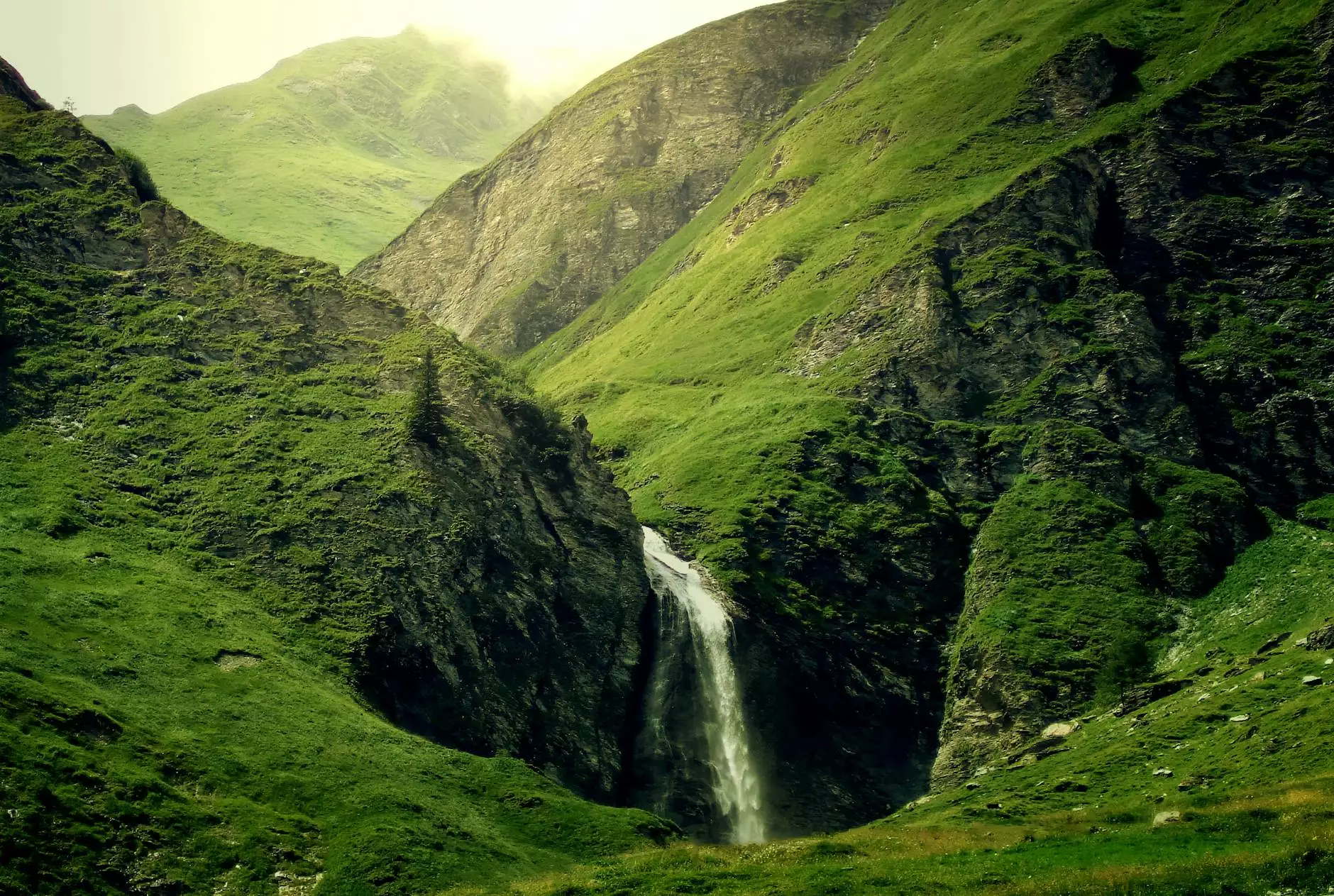
In the realm of modern photography, shooting a timelapse video has emerged as a dynamic technique that captivates audiences and enhances the storytelling aspect of real estate marketing. Whether you're a seasoned photographer or a novice with aspirations, mastering the art of timelapse can elevate your real estate photography to new heights. This comprehensive guide will explore the nuances of shooting a timelapse video, equip you with valuable insights, and provide actionable tips to create stunning visual narratives.
Understanding Timelapse Photography
Timelapse photography is a technique that involves capturing a series of images at set intervals to record changes that take place slowly over time. When played at normal speed, this sequence creates a mesmerizing video that compresses time, making the ordinary look extraordinary. Particularly in real estate, timelapse videos can showcase the transformation of spaces, highlight construction processes, or illustrate the beauty of natural lighting in properties.
Why Use Timelapse in Real Estate?
There are several compelling reasons why including a timelapse video in your real estate photography portfolio is beneficial:
- Increased Engagement: Timelapse videos are visually stimulating and tend to hold viewer attention much longer than still images.
- Highlighting Property Features: Showcase the beauty of a property in a way that static images cannot—demonstrating how light changes throughout the day can make a home more appealing.
- Documenting Process: From renovations to landscape transformations, a timelapse can serve as a powerful documentation tool that illustrates progress over time.
- Enhanced Marketing: Real estate listings with video content receive significantly more interactions and shares on social media platforms.
Essential Equipment for Timelapse Photography
Before diving into the intricacies of shooting a timelapse video, you must have the right tools at your disposal. Here’s a breakdown of the essential equipment needed:
1. Camera
While virtually any camera can be used for timelapse photography, having a DSLR or mirrorless camera is ideal due to their superior image quality and manual settings. Preferred models often include:
- Canon EOS R series
- Nikon Z series
- Sony Alpha series
2. Tripod
A sturdy tripod is crucial to maintain stability throughout the shooting process. It ensures that your camera remains in the same position, whether you’re shooting for hours or even days. Look for tripods that offer:
- Adjustable heights
- Heavy-duty build to withstand wind
- Quick-release plates for easy setup
3. Intervalometer
An intervalometer is a device that triggers your camera to take photographs at set intervals. Many modern cameras have this feature built-in, but if yours does not, an external intervalometer can be an excellent addition to your toolkit.
4. Lens
The choice of lens significantly impacts the timelapse video’s aesthetic. Generally, a wide-angle lens is favored in real estate photography as it captures more of the space effectively. Consider lenses such as:
- Canon EF 16-35mm f/2.8L
- Nikon 14-24mm f/2.8G ED
- Sony FE 16-35mm f/2.8 GM
Steps for Shooting a Timelapse Video
Now that you’re equipped with the necessary tools, let’s delve into the steps for shooting a timelapse video successfully.
Step 1: Planning Your Shoot
Before you even set up your camera, consider the following:
- Subject: What aspect of the property or scene are you trying to highlight?
- Time Frame: Decide how long you want to shoot and at what intervals you’ll capture your images. Common intervals range from 1 second to 30 minutes based on the subject’s pace.
- Lighting Conditions: Be mindful of the time of day; for instance, beautiful sunsets can create stunning visuals.
Step 2: Camera Settings
Getting your camera settings right is crucial for achieving high-quality timelapse videos:
- Manual Mode: Use manual settings to maintain consistent exposure throughout your shoot.
- ISO: Keep the ISO as low as possible to avoid noise in your images.
- Aperture: A mid-range aperture (f/8 to f/11) is generally ideal for depth of field and sharpness.
- Shutter Speed: Be cautious with shutter speed; a generally accepted rule is to use a shutter speed equal to 1/2 the interval time.
Step 3: Setting Up Your Shot
Set up your tripod, frame the shot, and ensure your camera is level. Pay attention to the composition and think about the key elements you want to include in the frame.
Step 4: Start Shooting
With everything set, start your camera’s interval shooting mode and walk away. It’s essential to monitor your camera’s battery and storage space during the shoot.
Step 5: Post-Processing
Once you've captured your images, the next step is to compile them into a video:
- Editing Software: Utilize software such as Adobe Premiere Pro, Final Cut Pro, or even dedicated timelapse software like LRTimelapse for editing.
- Frame Rate: Determine the frame rate for your video; common choices are either 24 or 30 frames per second.
- Color Correction: Apply color grading to enhance the visuals and ensure a consistent look across all frames.
Tips for Perfecting Your Timelapse Skills
As with any craft, practice makes perfect. Here are some tips to help you hone your skills in shooting a timelapse video:
- Experiment with Different Intervals: Test varying intervals to see how they affect the final output; this will help you find the sweet spot for your particular scene.
- Master Lighting Changes: Capture the beauty of changing light by planning your shoot during the golden hour or blue hour.
- Practice Patience: Timelapse photography often requires long shooting times. Don’t rush the process; give your scenes time to evolve.
- Use ND Filters: Neutral density filters help control exposure, especially when shooting in bright conditions, allowing for longer shutter speeds without overexposing images.
Conclusion
Shooting a timelapse video can be a game-changer for your real estate photography portfolio at Bonomotion.com. By effectively utilizing this technique, you can highlight the unique attributes of properties, engage potential buyers, and allow viewers to experience a location in an entirely new way. The beauty of timelapse lies in its ability to distill hours, days, or even months into a few captivating minutes, creating a visual narrative that resonates with audiences far and wide. Embrace the art of timelapse photography, and watch your real estate marketing efforts flourish!
Further Resources
To further enhance your skills in timelapse photography, consider exploring the following resources:
- Adobe Premiere Pro - Professional video editing software.
- LRTimelapse - Specialized software for timelapse editing.
- Udemy Timelapse Photography Courses - Online courses to refine your skills.
